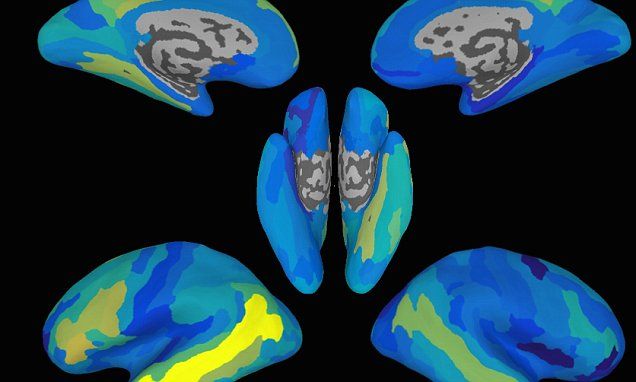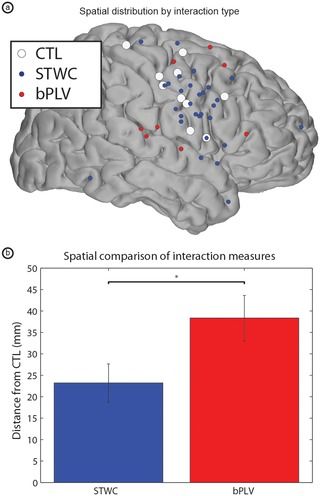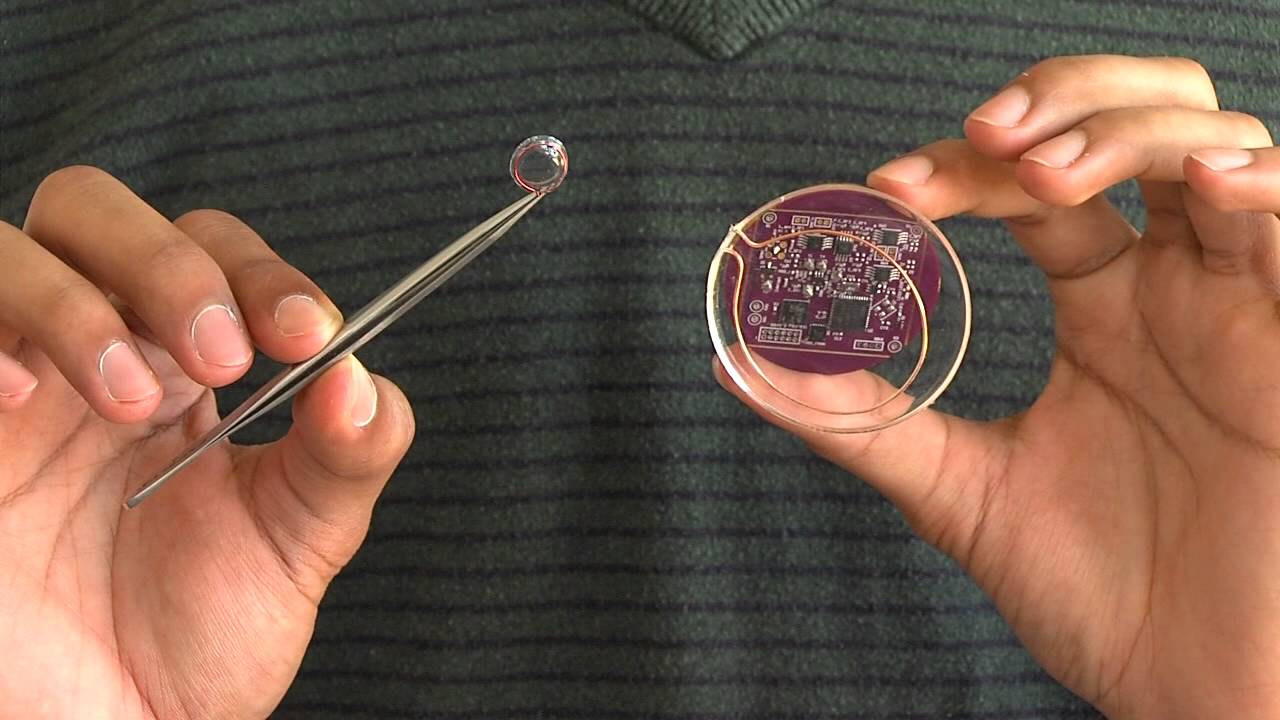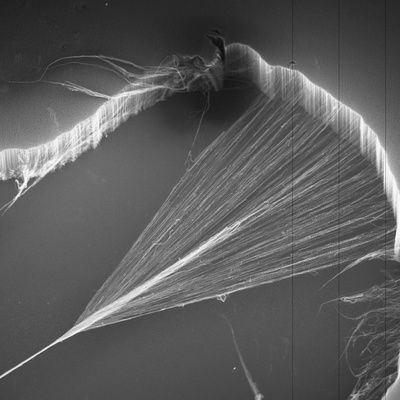Interesting research paper on motor cortex-based brain-computer interface (BCI) research conducted by researchers from UW. Sharing with fellow partners and researchers trying to advance BMI as well as those researching and/ or re-creating brain/ neuro patterns in systems.
The neurons in the human brain are densely interlaced, sharing upwards of 100 trillion physical connections. It is widely theorized that this tremendous connectivity is one of the facets of our nervous system that enables human intelligence. In this study, over the course of a week, human subjects learned to use electrical activity recorded directly from the surface of their brain to control a computer cursor. This provided us an opportunity to investigate patterns of interactivity that occur in the brain during the development of a new skill. We demonstrated two fundamentally different forms of interactions, one spanning only neighboring populations of neurons and the other covering much longer distances across the brain. The short-distance interaction type was notably stronger during early phases of learning, lessening with time, whereas the other was not. These findings point to evidence of multiple different forms of task-relevant communication taking place between regions in the human brain, and serve as a building block in our efforts to better understand human intelligence.
Citation: Wander JD, Sarma D, Johnson LA, Fetz EE, Rao RPN, Ojemann JG, et al. (2016) Cortico-Cortical Interactions during Acquisition and Use of a Neuroprosthetic Skill. PLoS Comput Biol 12: e1004931. doi:10.1371/journal.pcbi.1004931
Editor: Olaf Sporns, Indiana University, UNITED STATES
Read more









